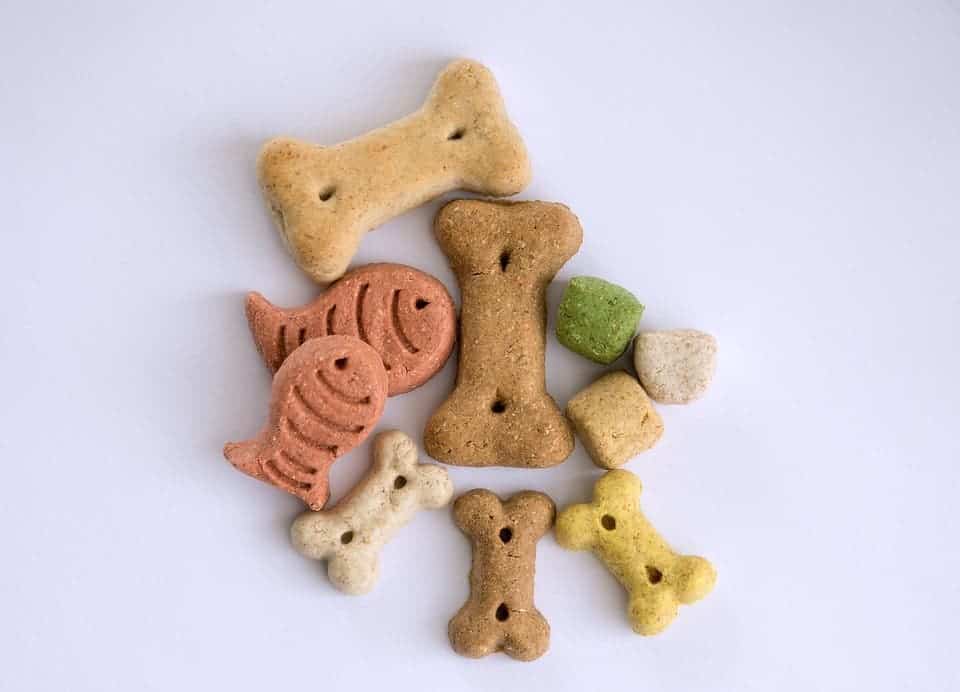The world’s pets eat a surprising amount of food, according to a new study. It reports that the dry food used to feed cats and dogs worldwide takes an area twice as large as the UK to grow every year.

Where would we be without our pets? Arguably, life wouldn’t be quite as enjoyable. But at the same time, we’d also save up on quite a lot of greenhouse gas emissions — more than are released by countries such as the Philippines. The findings come from a new study that looked at the global environmental impacts of the pet food industry.
Feeding fur babies
Enough people around the world now have pets that we need to accurately assess their environmental impact if we want to reach our climate targets, the team explains. The production of dry food intended for our pets especially needs to be analyzed, they add.
For the study, the researchers looked at the main ingredients used in over 280 types of dry food available in Europe and the US. These areas account for around two-thirds of the global sales of dry pet food.
Around half of the ingredients used are based on plant crops, mainly maize, rice, and wheat. The other half is made of a large selection of animal and fish products. From these figures, the authors estimate that dry dog and cat food production takes around 49 million hectares of agricultural land, which is roughly twice the size of the United Kingdom. Dry cat- and dog- food accounts for around 95% of all pet food production, even when accounting for the use of byproducts in pet foods.
As far as greenhouse gas emissions are concerned, this would account for roughly 106 million tons of CO2 per year. A country producing the same levels would be the world’s sixtieth highest emitter, the team explains.
The team says their findings should be factored into our climate estimations to better inform our actions. Furthermore, they show that the industry should be considered alongside other drivers of biodiversity loss such as agriculture and deforestation.
The paper “The global environmental paw print of pet food” has been published in the journal Global Environmental Change.









